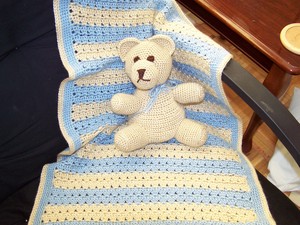Hyperhidrosis is a disconcerting condition characterized by excessive sweating under the arms or sweating of the hands, feet, and face, excessive facial blushing, or any combination of these symptoms. It affects an estimated 4 million individuals, yet fewer than half seek medical attention, suffering in silence instead.
People normally sweat as a means of cooling the body, whether that be when the temperature increases or during exercise, or in response to situations causing an emotional response (anger, fear, nervousness, embarrassment). In persons without hyperhidrosis, profuse or excessive sweating will subside when the temperature cools or the situation changes.
For those with hyperhidrosis, excessive sweating is often unpredictable and can occur when the temperature is cool or the person is resting. Hyperhidrosis sufferers appear to have overactive sweat glands, and for many sufferers there are no identifiable triggers to episodes of profuse or excessive sweating.
Hyperhidrosis is more common than many realize. It’s estimated that 2-3% of Americans experience profuse or excessive sweating on a regular basis. Those diagnosed with hyperhidrosis usually exhibit symptoms by age 13. The condition lasts a lifetime, and the uncontrollable sweating can lead to significant discomfort, both physical and emotional. Sufferers of hyperhidrosis consider the condition to be more than just troublesome sweating. Instead, their excessive sweating affects their daily lives, relationships, employment, and is often misunderstood by family, friends, and some doctors. In some cases excessive sweating of the palms can be so severe that the person cannot grip a pen or a steering wheel, not to mention the inability to shake hands without terrible embarrassment.
In the majority of hyperhidrosis cases, no cause can be found, although there seems to be a hereditary factor, meaning it tends to run in families. In attempting to diagnose hyperhidrosis, a doctor will look for obvious signs of excessive sweating and determine where on the body profuse perspiration occurs. The doctor will also determine if there is any pattern as to when or under what circumstances it occurs, as well as any other unusual symptoms that may accompany the excessive sweating (pounding heart, nightmares, etc.)
There are a couple of tests that may be performed when attempting to diagnose hyperhidrosis. One is called the paper test, in which a special kind of paper is used to absorb the sweat from the affected area. The paper is then weighed to determine precisely the amount of sweat being produced. Another test is the starch iodine test, in which an iodine solution is applied to the sweating area. When it dries, starch is sprinkled on the area. The iodine/starch combination turns dark blue if there is excessive sweat.
If excessive sweating occurs as a result of another medical condition, it is called secondary hyperhidrosis. Conditions that cause secondary hyperhidrosis sometimes include hyperthyroidism, cancer, menopause, stroke, Parkinson’s disease, anxiety disorders, and side effects of certain medications.
Although there is no cure for hyperhidrosis, there are courses of treatment that have been useful in reducing the symptoms. Aluminum chloride acts as an anti-perspirant, but care must be taken not to ruin clothing or use if a persistent skin irritation develops. Botox treatments block the nerves that stimulate sweating, but some people experience unpleasant side effects from such treatments. Iontophoresis is a procedure in which electricity is used to temporarily turn off the sweat glands; it’s most effective for the hands and the feet. Like botox injections, iontophoresis requires several sessions.
In addition to medical treatments, sufferers of hyperhidrosis can also receive information, support and encouragement from the International Hyperhidrosis Society, which can be accessed on-line at www.SweatHelp.org.
Reference:
- International Hyperhidrosis Society (www.SweatHelp.org)

